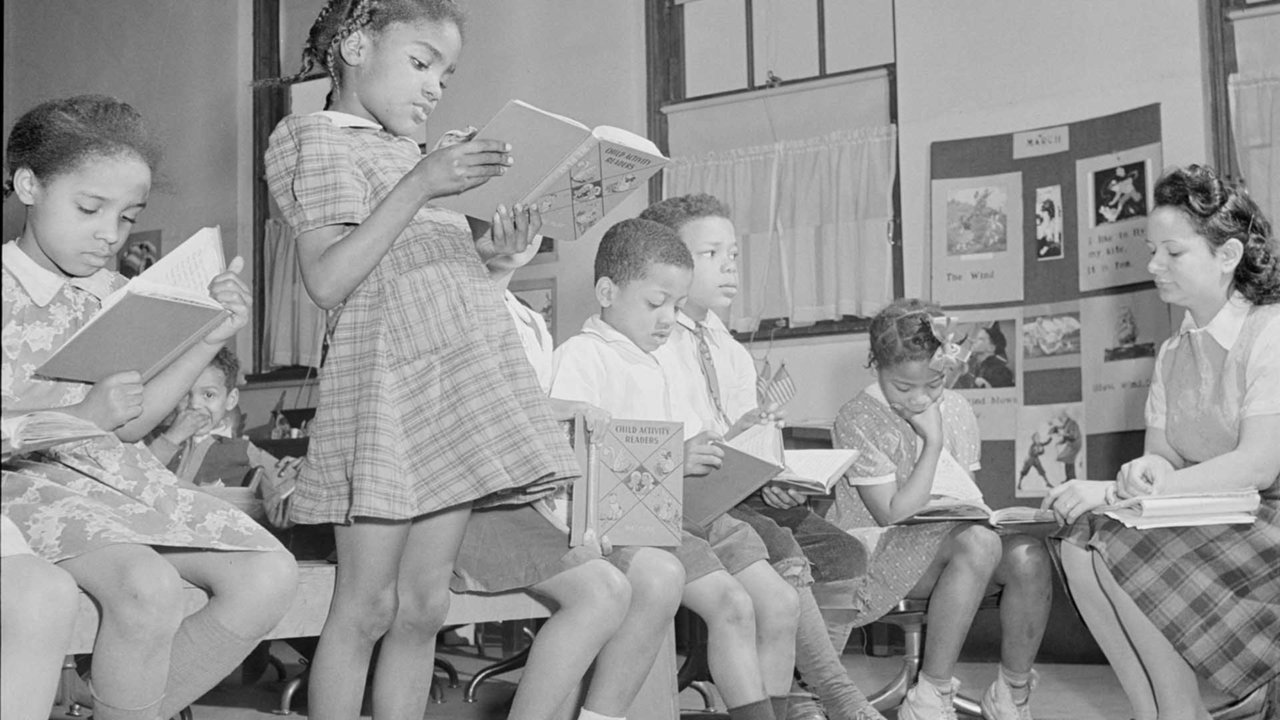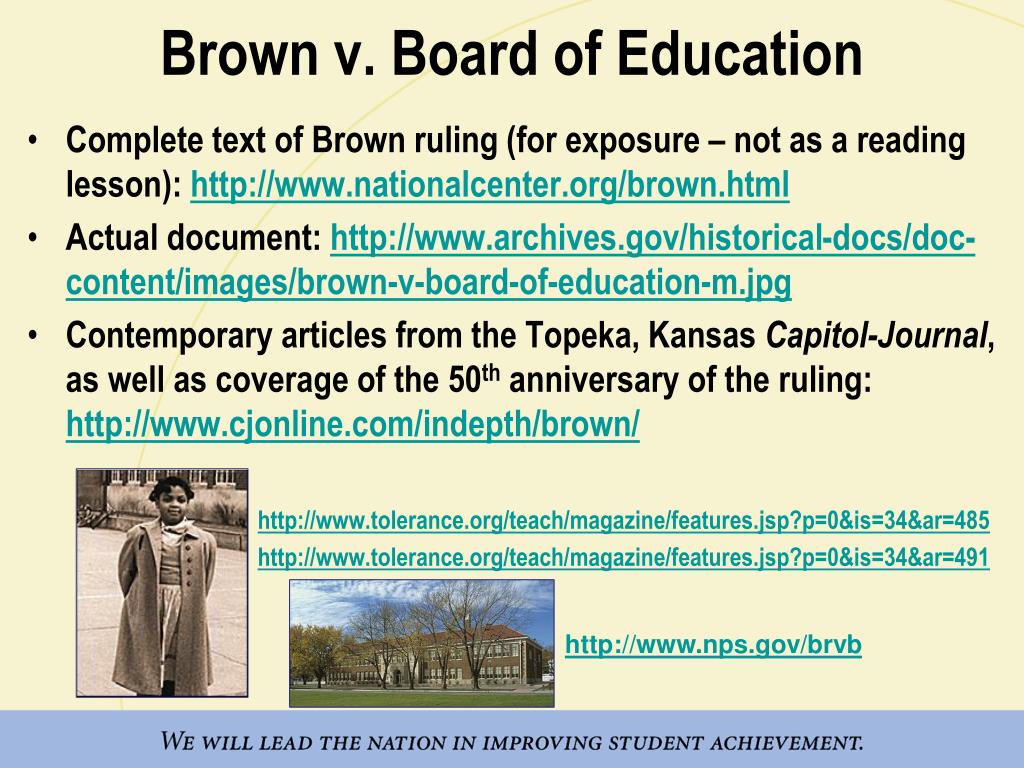

They note that although schools may be officially desegregated, they never-theless remain effectively segregated due to the following: discrimination in schools by administrators, teachers, and students racial bias in school curriculum the separation of students into different ability tracks reflecting racial, class, and gender stratification and the use of standardized testing that contains significant racial and class bias. Professors Feagin and Barnett argue, however, that despite the positive effects in education and other areas resulting from the Court's Brown decision, the decision has by no means been successful in dismantling institutionalized racism in American education. Finally, Professors Feagin and Barnett remark that Brown remains a "beacon of liberty" for people throughout the United States and the world seeking to end discrimination in myriad other areas. Further, Brown supplied the legal precedent necessary to dismantle state-created segregation in other areas. Additionally, they state that the decision had an important psychological impact on African Americans and provided moral encouragement to people active in the civil rights movement. Professors Feagin and Barnett note that the Court's Brown decision marked the first time it recognized African Americans as first-class citizens. The implications of the Court's Brown decision extended beyond the educational system. Board of Education decision, concluded that "in the field of public education the doctrine of 'separate but equal' has no place" because "separate educational facilities are inherently unequal." With that language, the Supreme Court effectively rejected the legality of school segregation. Supreme Court's "separate but equal" doctrine set forth in Plessy v.


Segregated schools were common because of the U.S. Nowhere was the existence of legal segregation more prevalent than in school systems throughout the United States. Despite the enactment of the Fourteenth Amendment in 1868, legal segregation nevertheless remained pervasive throughout the United States in the following nine decades due to various state statutes and federal and state court decisions.


 0 kommentar(er)
0 kommentar(er)
